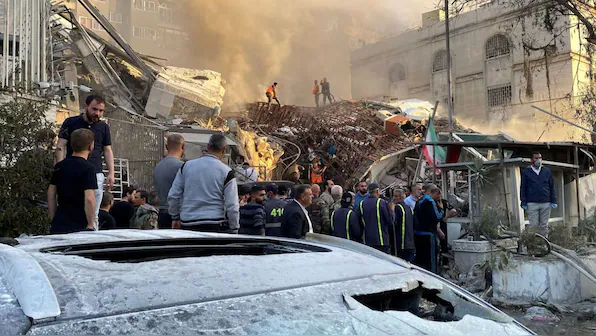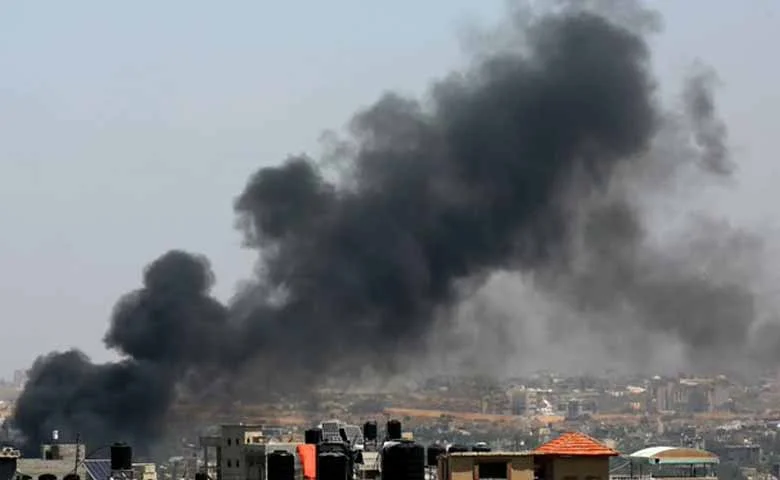Israeli airstrikes across central Syria late Sunday night have resulted in 14 deaths and over 40 injuries, according to Syrian state media reports on Monday morning. The attacks, which targeted several areas, caused significant damage and sparked fires in Hama province.

The Syrian state news agency SANA, citing Faysal Haydar, head of the Masyaf National Hospital in western Hama province, reported that the death toll had risen from an initial four to 14, with 43 people wounded. The U.K.-based Syrian Observatory for Human Rights, a war monitor, stated that at least four of those killed were civilians.
Among the targets was a scientific research center in Maysaf, as well as sites allegedly housing “Iranian militias and experts” involved in weapons development in Syria, according to the Observatory. Local media also reported strikes in the vicinity of the coastal city of Tartous.

The Israeli military has not immediately commented on the attacks. Israel has conducted hundreds of strikes on targets within government-controlled areas of Syria in recent years, though it rarely acknowledges or discusses these operations publicly. These strikes often target Syrian forces or Iranian-backed groups.
Israel has consistently stated its intention to prevent Iranian entrenchment in Syria, viewing the country as a key route for Iran to supply weapons to the Lebanese militant group Hezbollah. The latest attacks come against the backdrop of ongoing clashes between Hezbollah and Israeli forces over the past 11 months, coinciding with Israel’s war against Hamas in Gaza.

These strikes underscore the complex nature of the Syrian conflict, which has drawn in multiple regional and international actors. As tensions continue to simmer in the region, the incident raises concerns about potential escalation and the impact on civilian populations caught in the crossfire.
The Syrian government has repeatedly condemned such attacks as violations of its sovereignty, while Israel maintains that its actions are necessary for national security. As the situation develops, international observers will be closely monitoring for any shifts in regional dynamics or responses from involved parties.
AP



